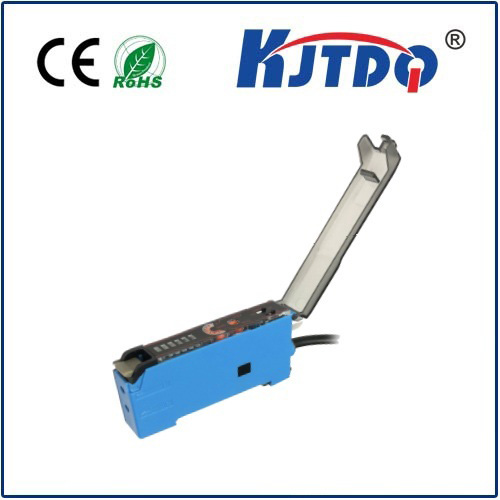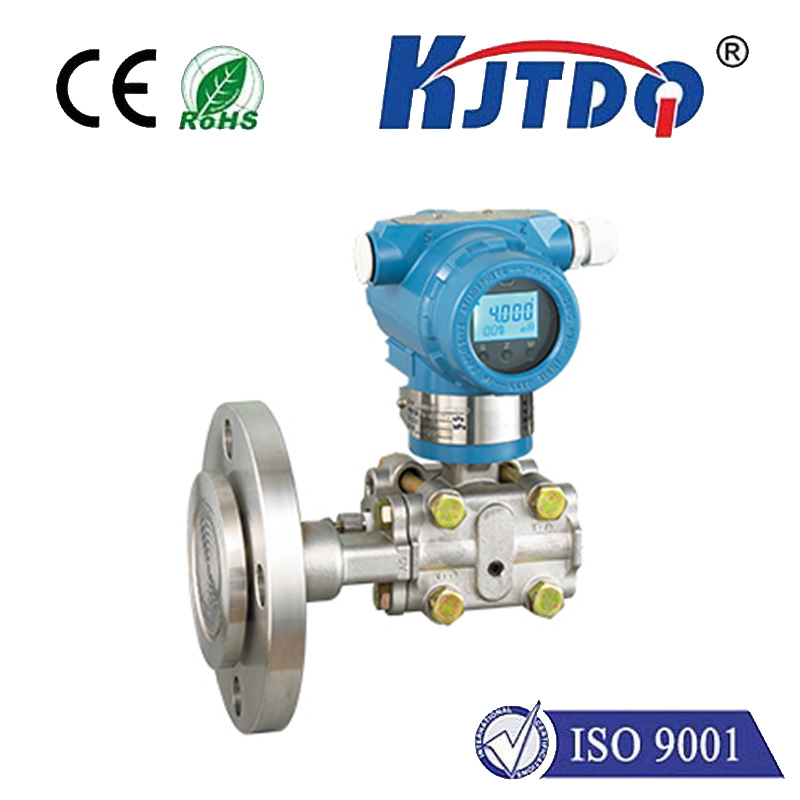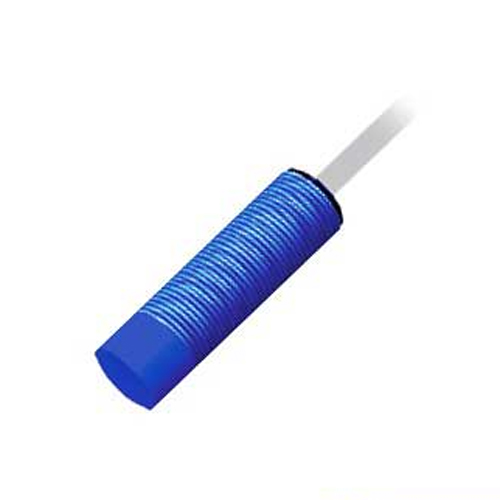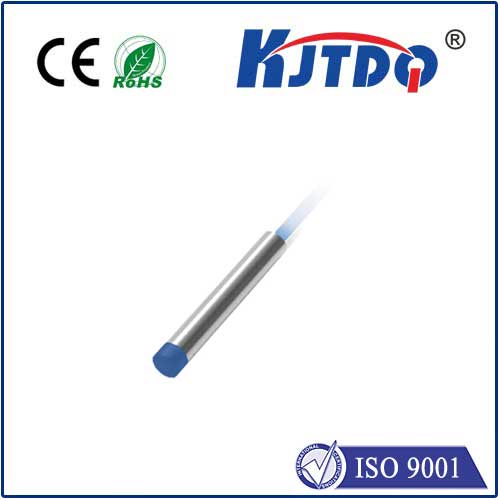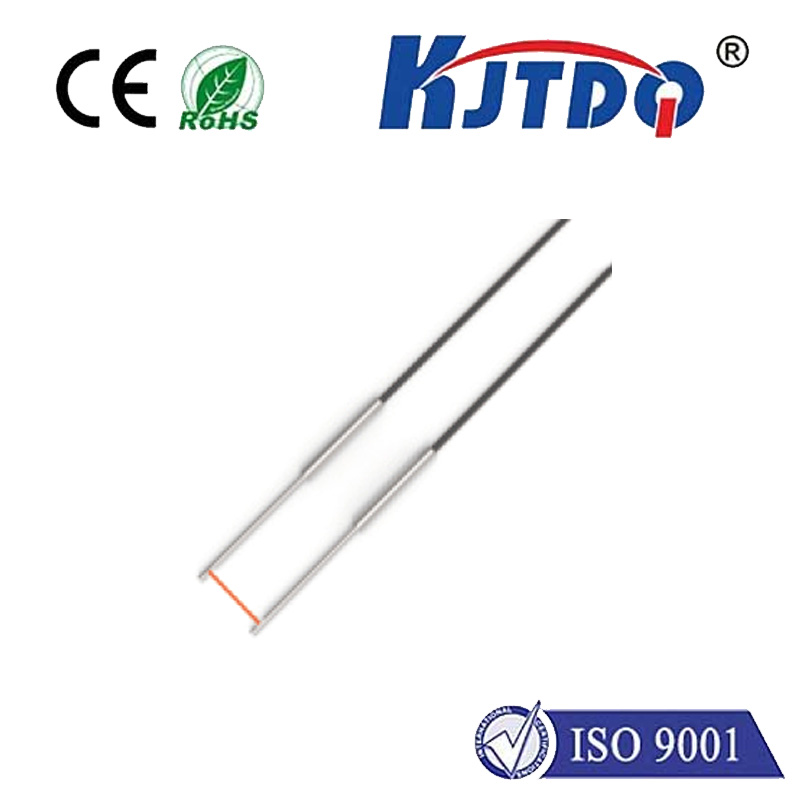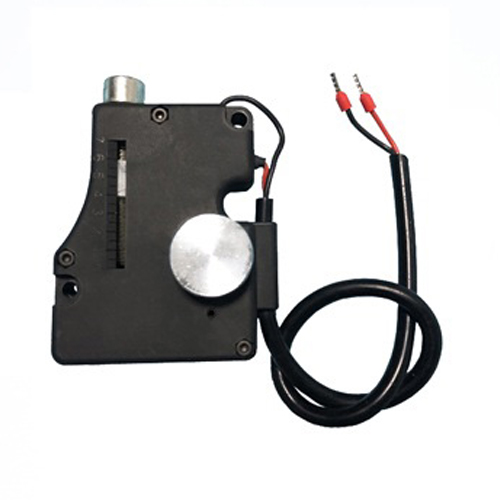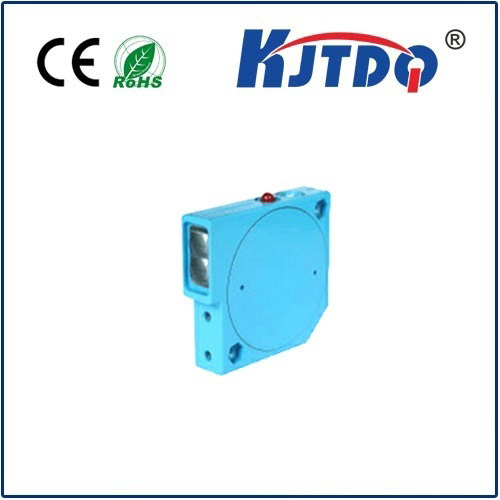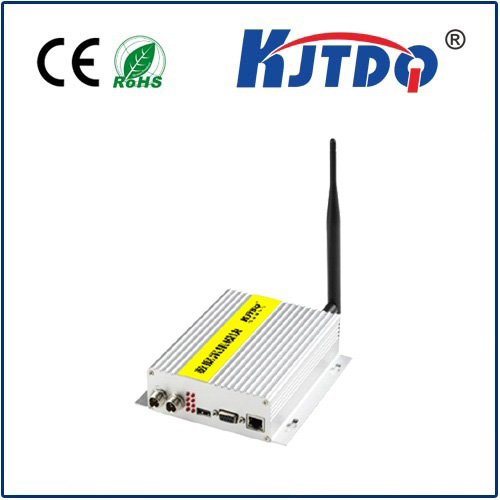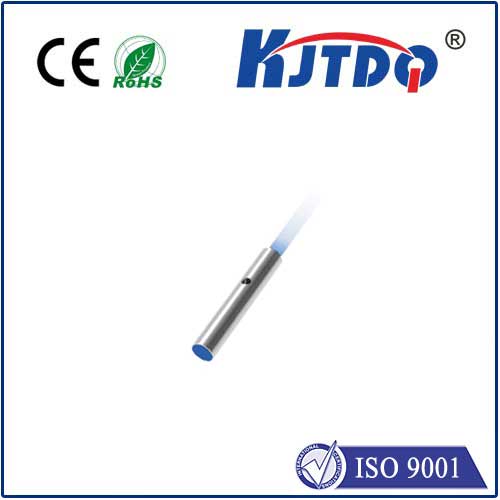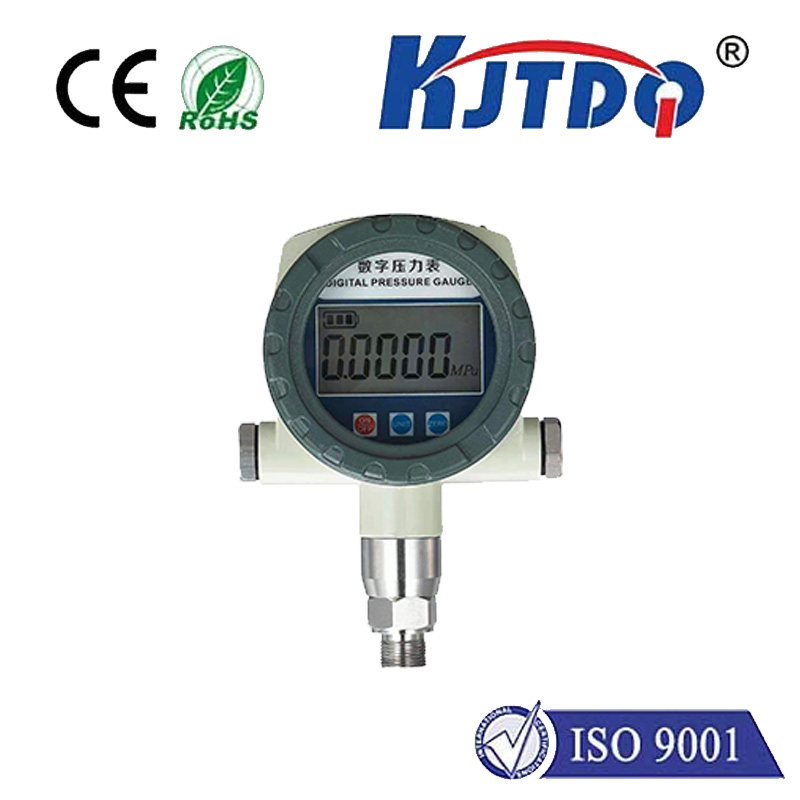Imagine a technician deep within an offshore oil rig, needing to verify the precise position of a critical valve actuator amidst the constant hum and potential hazards of high-pressure hydraulic systems. Manual checks are risky and inefficient. This is where the unsung heroes of industrial automation, like the BES01N2 high pressure proximity sensor, step in, providing reliable, non-contact detection where failure isn’t an option. Designed to thrive where standard sensors falter, this proximity sensor delivers unwavering performance under extreme pressure, safeguarding processes and personnel.
Understanding the Core Function: Non-Contact Detection
At its heart, the BES01N2 is an inductive proximity sensor. It generates a high-frequency electromagnetic field from its sensing face. When a conductive metal target (like a piston rod, valve stem, or machine part) enters this field, eddy currents are induced within the target. These currents absorb energy from the sensor’s oscillator circuit, causing a measurable change. This change is detected by the sensor’s circuitry, triggering a solid-state electronic switch (output) to signal the target’s presence – all without any physical contact. This non-contact principle is fundamental to its reliability, eliminating wear and tear, allowing high-speed detection, and enabling use in dirty, wet, or otherwise challenging industrial environments where mechanical switches would fail.
The defining characteristic of the BES01N2, however, is its ability to operate reliably within high pressure industrial environments. Standard inductive sensors are typically rated for atmospheric pressure or lower levels of pressure resistance. The BES01N2 high pressure proximity sensor is specifically engineered to withstand pressures significantly exceeding atmospheric norms, often rated for pressures up to 40 MPa (approximately 400 bar / 5800 psi) or more, depending on the specific configuration and housing.
Engineering Excellence for Extreme Pressure

Achieving this high-pressure tolerance requires sophisticated design solutions:
Form Factor and Installation: Built for Tough Spots
Precision engineering means fitting where needed. The BES01N2 frequently employs a compact threaded barrel design (e.g., M8 x 1, M12 x 1, M18 x 1.5, M30 x 1.5). This standardized threaded form allows for straightforward and secure installation directly into threaded ports on high-pressure vessels, hydraulic cylinders, valve blocks, or manifolds. The sensing face is precisely positioned to detect targets optimally within the high-pressure zone. This design ensures reliable mounting even in confined spaces common in complex machinery.
Where the BES01N2 High Pressure Sensor Excels: Key Applications
The unique combination of non-contact sensing, high-pressure resilience, and robust construction makes the BES01N2 indispensable across numerous demanding sectors:
Electrical Performance and Integration
Beyond its mechanical fortitude, the BES01N2 is designed for seamless integration into modern control systems:
The Indispensable Advantage: Uncompromising Reliability
In industries where equipment operates at the edge of material limits and failure can lead to costly downtime, environmental damage, or safety incidents, component reliability is paramount. The BES01N2 high pressure proximity sensor delivers this essential reliability. By combining non-contact sensing principles with hermetic sealing, pressure compensation, and exceptionally robust construction, it performs a vital function under conditions that would render ordinary sensors useless. Its ability to provide accurate, wear-free position feedback directly within high-pressure zones translates directly into enhanced process control, improved safety for personnel and equipment, reduced maintenance costs, and maximized uptime. For engineers designing or maintaining systems operating under high pressure, the BES01N2 represents not just a sensor, but a critical component enabling safe and efficient operation in the most demanding industrial landscapes.
